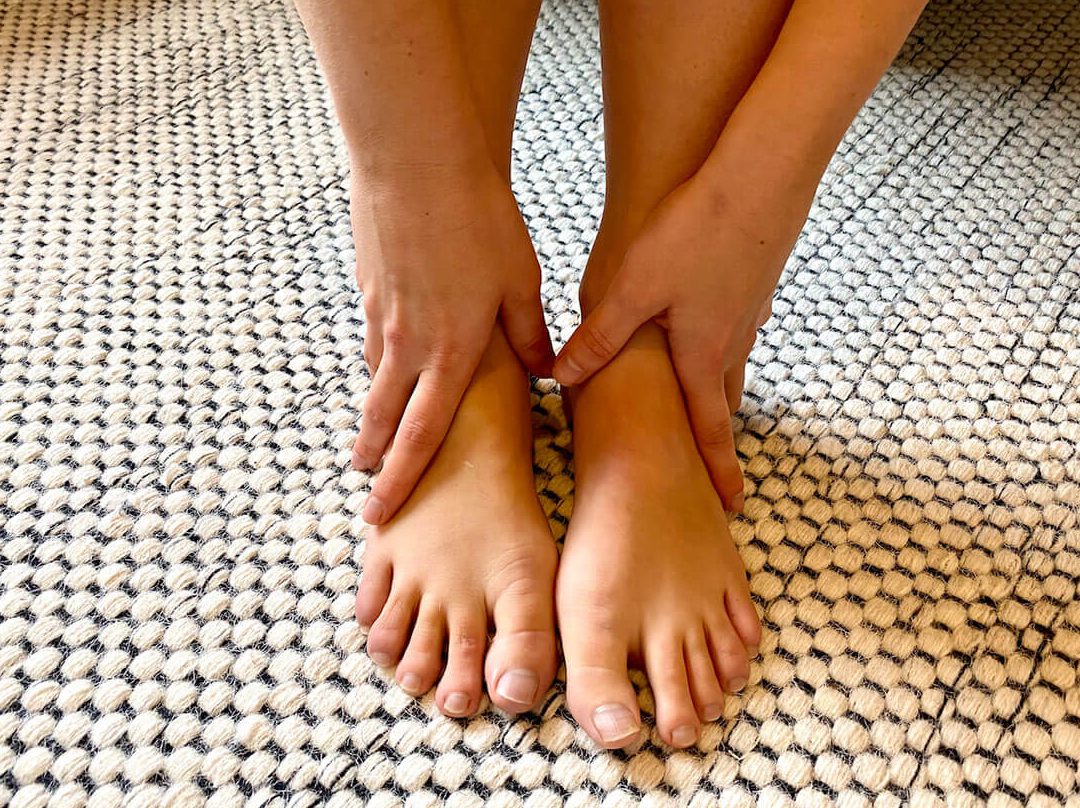Barefoot martial arts training has been gaining popularity as practitioners discover the numerous benefits of training without shoes. This approach, rooted in tradition and supported by modern understanding of physical health, offers several advantages that can enhance performance, improve technique, and prevent injuries. This article explores the reasons why training barefoot can be advantageous and provides tips on how to make the most of it.
The Benefits of Barefoot Training
1. Improved Balance and Stability
Training without shoes helps improve balance and stability, crucial aspects of martial arts:
- Enhanced Proprioception: Going barefoot allows your feet to directly interact with the ground, improving your proprioception—the body’s ability to sense its position in space. This heightened awareness can lead to better control and precision in your movements.
- Strengthened Foot Muscles: Without the support of shoes, the small muscles in your feet work harder to maintain balance and stability. Over time, this can lead to stronger, more resilient foot muscles that contribute to overall agility and coordination.
2. Better Technique and Footwork
Barefoot training can significantly enhance your technique and footwork:
- Increased Sensitivity: Training without shoes enables you to feel subtle changes in the surface you’re training on, whether it’s a mat, wood floor, or concrete. This heightened sensitivity can improve your footwork and make your movements more precise.
- Natural Movement: Shoes can restrict natural foot movements and alter your gait. Barefoot training promotes natural movement patterns, helping you execute techniques with greater fluidity and efficiency.
3. Enhanced Ground Connection
A direct connection with the ground has several benefits for martial artists:
- Improved Grounding: Barefoot training helps you develop a stronger connection with the ground, which is essential for generating power and maintaining balance during dynamic movements.
- Natural Impact Absorption: Your feet are naturally designed to absorb and distribute impact. Training barefoot allows your feet to use their natural shock-absorbing capabilities, potentially reducing the risk of injuries related to improper force distribution.
4. Injury Prevention
Training barefoot can contribute to injury prevention in several ways:
- Strengthened Feet and Ankles: Regular barefoot training strengthens the muscles and ligaments in your feet and ankles, reducing the likelihood of common injuries such as sprains and strains.
- Improved Foot Alignment: Barefoot training encourages proper foot alignment and can help correct issues such as overpronation or supination, which can contribute to injuries if not addressed.
Getting Started with Barefoot Martial Arts Training
1. Preparing Your Feet
Before transitioning to barefoot training, it’s important to prepare your feet to handle the demands:
- Gradual Transition: Start by incorporating short barefoot training sessions into your routine and gradually increase the duration as your feet become accustomed to the new conditions.
- Foot Exercises: Engage in exercises that strengthen and stretch your feet and ankles. Exercises such as toe curls, arch lifts, and balance drills can help prepare your feet for barefoot training.
2. Choosing the Right Training Surface
The surface on which you train can impact your experience and safety:
- Safe and Clean Environment: Ensure that the training area is clean and free from sharp objects or debris that could cause injury.
- Comfortable Surface: While training barefoot, opt for surfaces that provide some cushioning, such as mats or padded floors. This can help reduce impact and provide a more comfortable training experience.
3. Adjusting Your Technique
Training barefoot may require adjustments to your technique:
- Focus on Technique: Pay close attention to your foot placement and movement mechanics. Barefoot training can reveal and address weaknesses or inefficiencies in your technique.
- Monitor for Discomfort: Be mindful of any discomfort or pain in your feet and adjust your training as needed. It’s important to listen to your body and avoid pushing through pain.
Potential Challenges and Solutions
1. Discomfort and Adaptation
Initially, you may experience some discomfort as your feet adapt to barefoot training:
- Gradual Adaptation: Allow time for your feet to adjust gradually. Over time, the discomfort should diminish as your feet become more accustomed to training without shoes.
- Foot Care: Maintain good foot hygiene and care. Regularly check your feet for any signs of injury or irritation and address them promptly.
2. Surface Variability
Training on different surfaces can present challenges:
- Surface Adaptation: Practice on a variety of surfaces to adapt to different conditions and improve your ability to respond to changing environments.
- Protective Measures: In environments where barefoot training may not be feasible or safe, consider using minimalist footwear that provides minimal support while allowing for natural foot movement.
The Broader Impact of Barefoot Training
1. Traditional and Modern Practices
Barefoot training is rooted in traditional martial arts practices and is increasingly recognized in modern training approaches:
- Historical Significance: Many traditional martial arts schools and styles have historically emphasized barefoot training as part of their practice.
- Contemporary Recognition: Modern research and sports science are recognizing the benefits of barefoot training, leading to its integration into contemporary training methods.
2. Overall Health Benefits
In addition to martial arts benefits, barefoot training contributes to overall foot health:
- Improved Foot Strength: Strengthening the feet through barefoot training can contribute to better posture and reduce the risk of various foot-related issues.
- Enhanced Sensory Experience: The sensory feedback gained from barefoot training can improve overall body awareness and coordination.
Barefoot martial arts training offers numerous advantages, including improved balance, enhanced technique, and better injury prevention. By preparing your feet, choosing appropriate surfaces, and adjusting your technique, you can make the most of your barefoot training experience. Embracing this practice not only aligns with traditional martial arts principles but also supports modern understanding of foot health and performance. With dedication and mindful adaptation, training barefoot can be a rewarding and beneficial aspect of your martial arts journey.

